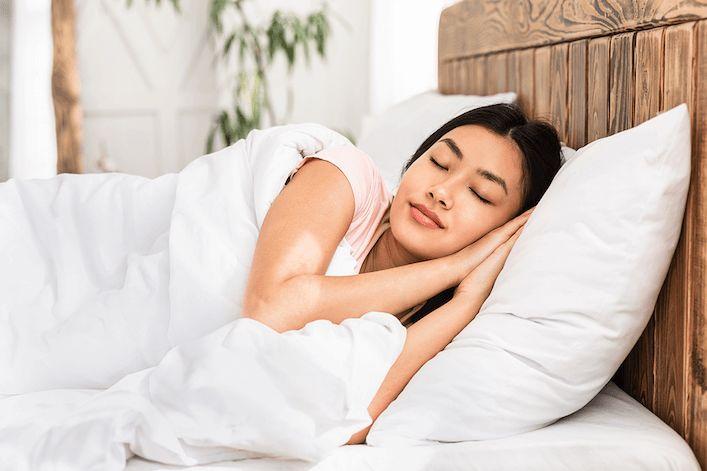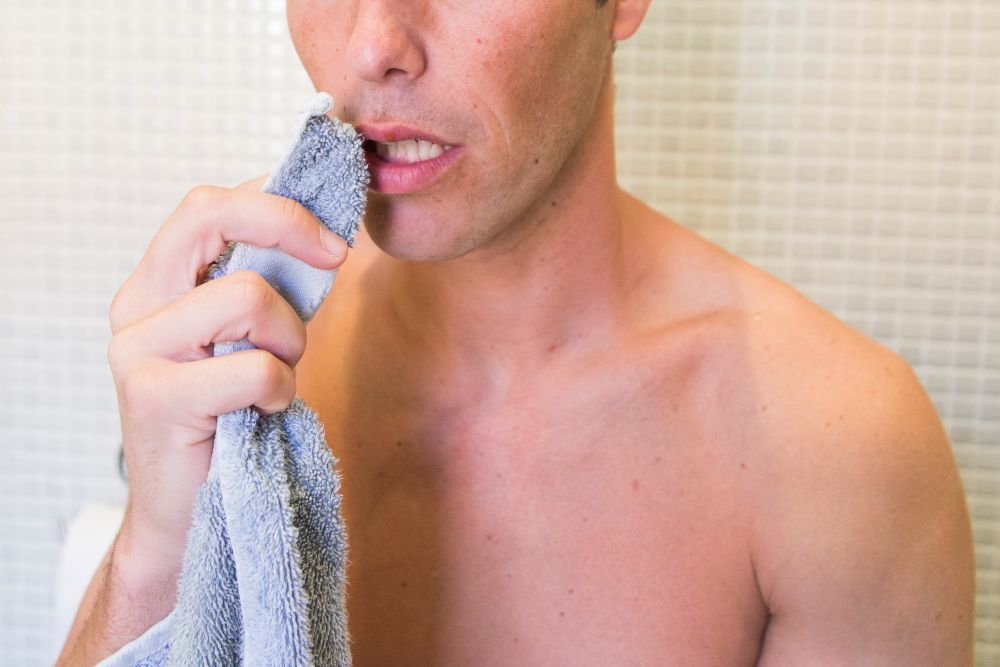More sources are showing that One of the essential things our bodies require to function properly is sleep. It is a time when our cells regenerate, and our body repairs itself from the day’s activities. Sleep also allows our brain to rest and prepare for the next day.
However, many people do not get enough sleep, and this can lead to a number of health problems, including diabetes, obesity, heart disease, and even depression.
Luckily, there are many things you may do to improve the quality of your sleep and get the most out of those hours. Here are 7 great steps to help you get started:
Table of Contents
1. Set a Regular Sleep Schedule and Stick to It as Much as Possible
Our bodies thrive on routine, and setting a regular sleep schedule is one of the best things you can do for your health.
Waking up and going to bed at the same time each day will help to regulate the natural sleep rhythm of your body and make it easier for you to fall asleep and stay asleep.
2. Make Your Bedroom a Comfortable and Relaxing Place to Sleep
Your bedroom should be a haven where you can relax and enjoy a good night’s sleep. To promote better sleep, make sure your bedroom is dark, quiet, and cool. Invest in comfortable pillows and mattresses, and keep electronics out of the bedroom.
3. Avoid Caffeine and Alcohol before Bed
Alcohol and caffeine are two of the leading causes of poor sleep. Caffeine may stay in your system for up to 8 hours, so it’s best to avoid coffee, tea, and soda after 2 pm.
Alcohol may assist you in falling asleep initially, but it will disrupt your sleep later in the night and leave you feeling groggy early in the morning.
4. Get Regular Exercise
Exercise is not only good for your overall health, but it can also improve the quality of your sleep. A moderate amount of exercise is the key – too much or too little can actually have the opposite effect.
Make an effort to exercise 30 minutes per day, and avoid working out within 3 hours of bedtime. Just be sure to wind down properly afterward, so you don’t have trouble falling asleep.
5. Practice Some Relaxation Techniques Before Bed
There are many different relaxation techniques that may help you sleep better, and it’s important to find one that works for you.
Some people find that progressive muscle relaxation or deep breathing exercises help them to fall asleep. Others find that reading or listening to calm music is more effective. Experiment with different techniques and find the one that helps you to relax and drift off to sleep.
6. Limit Your Exposure to Blue Light Before Bed
Blue light is a type of light that can have a negative effect on our sleep. It can come from electronic screens such as TVs, computers, and phones, but it can also come from energy-efficient light bulbs.
When we’re exposed to blue light before bed, it can disrupt our body’s natural sleep rhythm and make it harder to fall asleep. To limit your exposure, avoid using electronic screens for at least an hour before bed and use dim, amber-colored lights in the evening.
7. Use Hot Chocolate to Improve Sleep Quality
Hot chocolate is perhaps one of the most delicious drinks that can also help you get a good night’s sleep. But how can hot chocolate help you sleep if it contains caffeine? The answer lies in the fact that hot chocolate also contains tryptophan.
Tryptophan is an amino acid that can help to promote sleepiness and relaxation. When combined with the caffeine in hot chocolate, tryptophan can help to improve sleep quality. So next time you’re feeling sleepy, reach for a mug of hot chocolate and enjoy a delicious way to drift off to sleep.
Get Started on Improving Your Slumber Today
If you are searching for ways to get a better night’s sleep, implementing some of the useful tips outlined in this article should help you to improve the quality of your sleep.
Begin by making small changes and gradually work your way up to creating healthy habits that will improve the quality of your sleep. Not only will you feel more rested and alert during the day, but you’ll also be doing your body a world of good!
Also, Read- What are Chunky Yarns?




